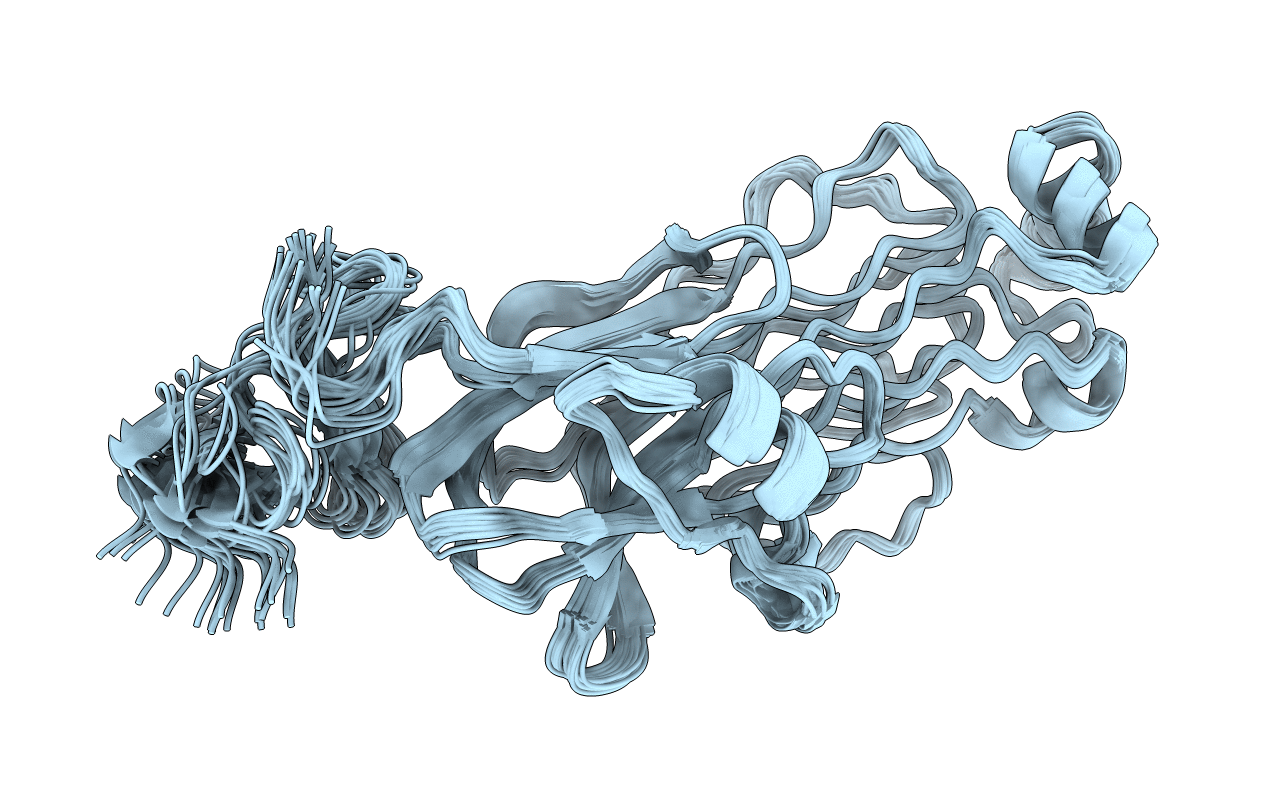
Deposition Date
2021-05-24
Release Date
2021-12-08
Last Version Date
2024-11-20
Entry Detail
PDB ID:
7MZW
Keywords:
Title:
Anaplastic lymphoma kinase (ALK) extracellular ligand binding region 673-1025
Biological Source:
Source Organism:
Homo sapiens (Taxon ID: 9606)
Host Organism:
Method Details:
Experimental Method:
Conformers Calculated:
100
Conformers Submitted:
20
Selection Criteria:
target function


